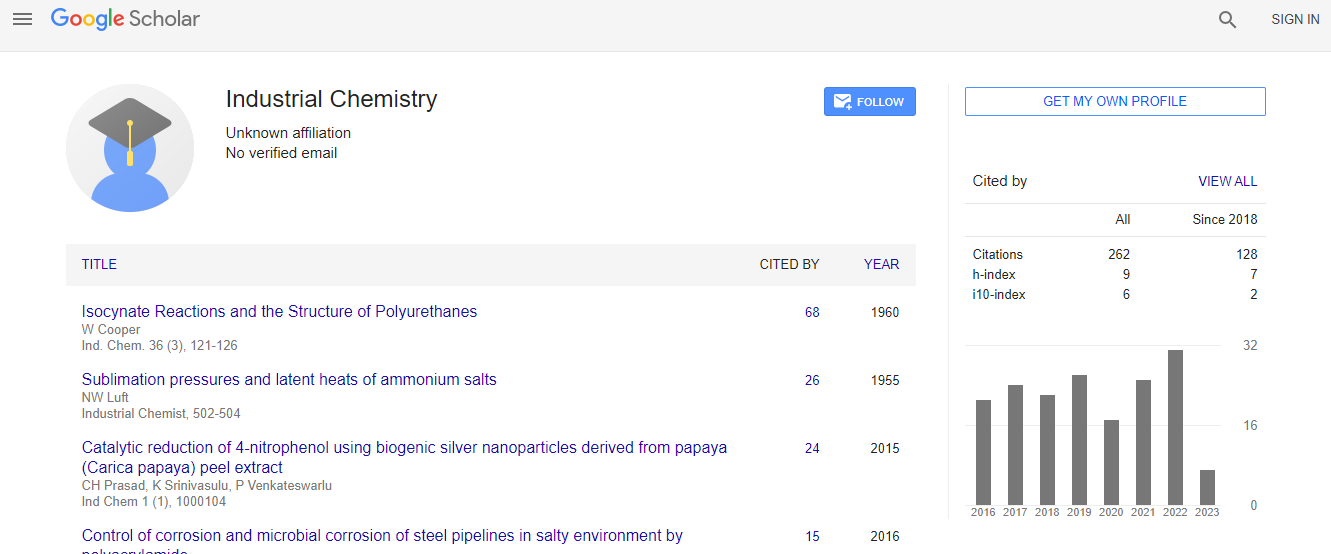Encapsulation of Ibuprofen into Solid Lipid Nanoparticles for Controlled and Sustained Release using Emulsification Solvent Evaporation Technique- Wesley N Omwoyo- University-Vaal University of Technology
*Corresponding Author:
Copyright: © 2020 . This is an open-access article distributed under the terms of the Creative Commons Attribution License, which permits unrestricted use, distribution, and reproduction in any medium, provided the original author and source are credited.
Abstract
Statement of the Problem:
Ibuprofen (IBU) is widely used Non-steroidal Anti-inflammatory Drug (NSAID), analgesic and antipyretic agent. It has poor aqueous solubility leading to low oral absorption leading to bio inequivalence problem and frequent dosing causing patient non-compliance. Improving the aqueous solubility has been reported to increase drug absorption which ensures quick onset of pharmacological actions. To actualize this, IBU was nano-formulated into solid lipid nanoparticles to reduce the drug particle size thus enlarging the surface area.
Aim: This approach is effective in speeding up dissolution, increasing oral absorption and achieving sustained and controlled release of the drug from the nanocarrier.
IBU loaded nanoparticles were prepared by emulsification solvent evaporation technique and characterized by Fourier transform infrared spectroscopy, thermogravimetric analysis, X-ray diffraction and transmission electron microscopy. Release kinetics on the drug loaded nanoparticles was carried out in phosphate buffer pH 6.8 using pharma test dissolution apparatus adopting shaking basket method at 37 °C. The optimized IBU-loaded SLNs had a particle size of 76.40 nm, polydispersity index of 0.275 and zeta potential of -41.3 mV. The encapsulation efficiency and drug loading were 99.73% and 2.31% respectively. The FTIR spectra confirmed successful encapsulation of the drug inside the nanocarrier as only peaks responsible for the emulsifier and the binder could be identified. This corroborated well with XRD spectra which showed a completely amorphous state of the drug loaded nanoparticles as compared to the crystalline nature of pure drug. The IBU-SLNs showed a release profile of up to eight hours which is a great improvement from other reported works.
Findings: The release data obtained was quantitatively correlated with several mathematical models. The drug release pattern of IBU-SLNs was best fitted with Higuchi square root model and followed Higuchi drug release kinetics. Korsmeyer-Peppas model confirmed a non-fickian diffusion model for the release of the drug from the matrix system.
Note: This work was presented in Frontiers in Nanotechnology and Nanomaterials, which was scheduled in May 04-05, 2020 at Vienna, Austria.

 Spanish
Spanish  Chinese
Chinese  Russian
Russian  German
German  French
French  Japanese
Japanese  Portuguese
Portuguese  Hindi
Hindi 